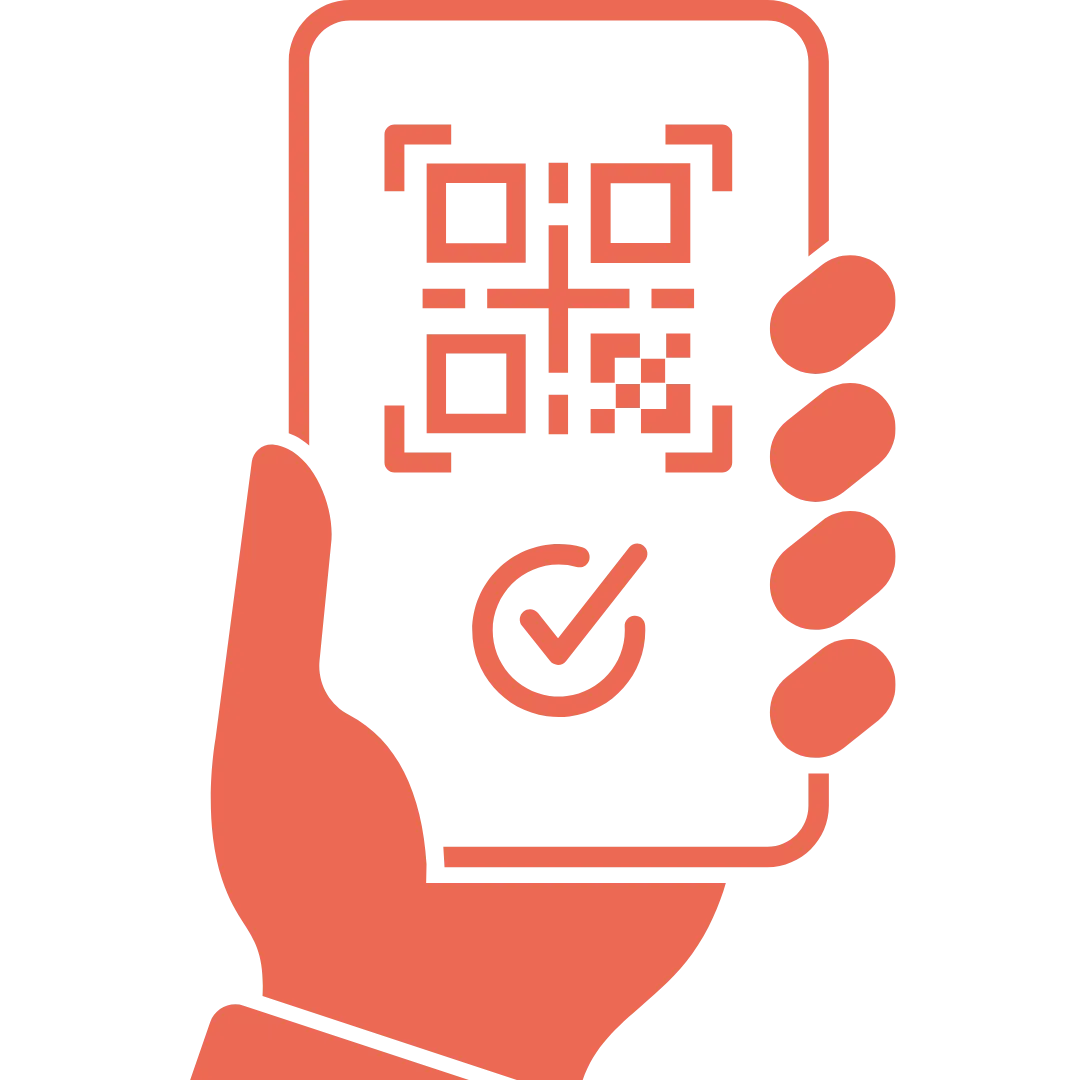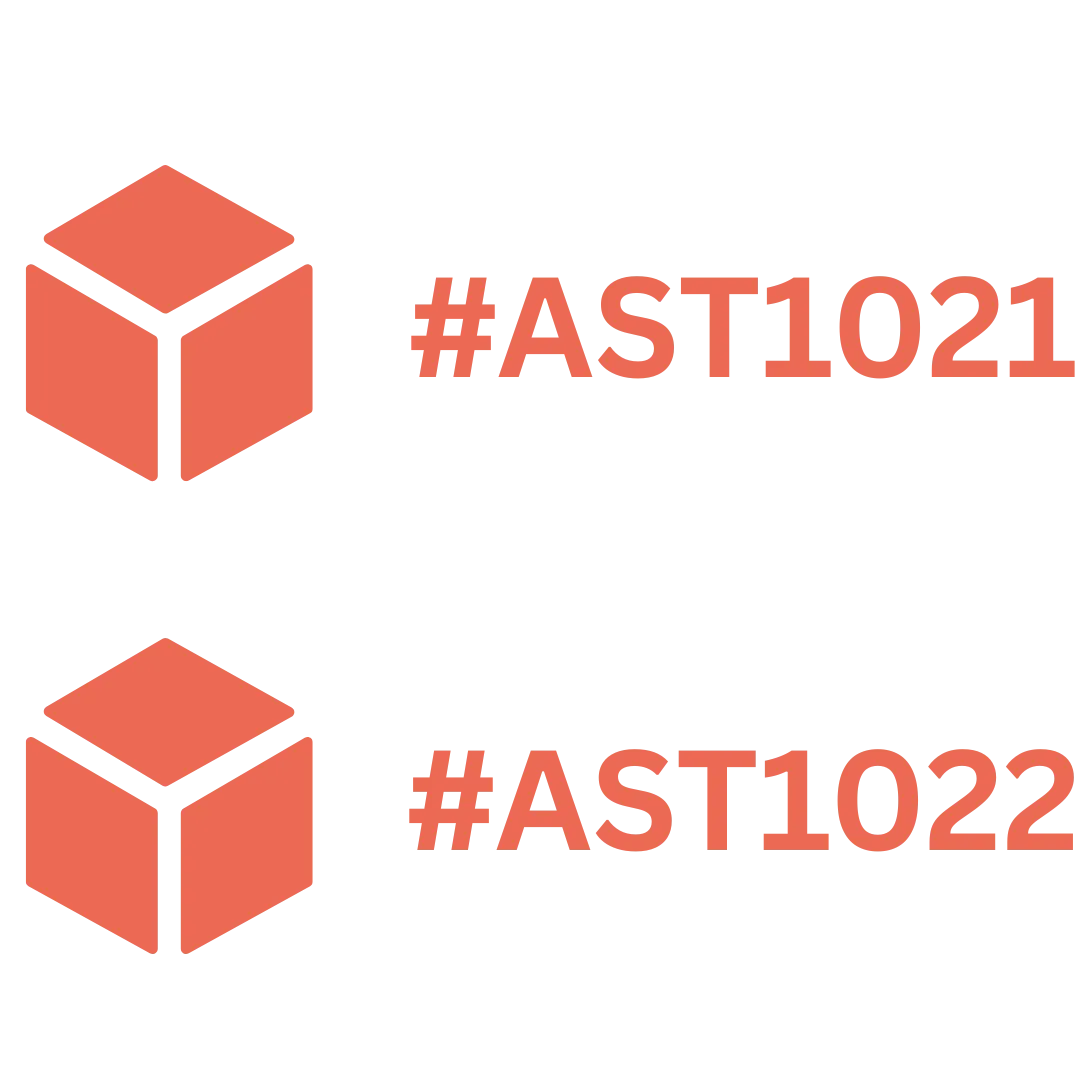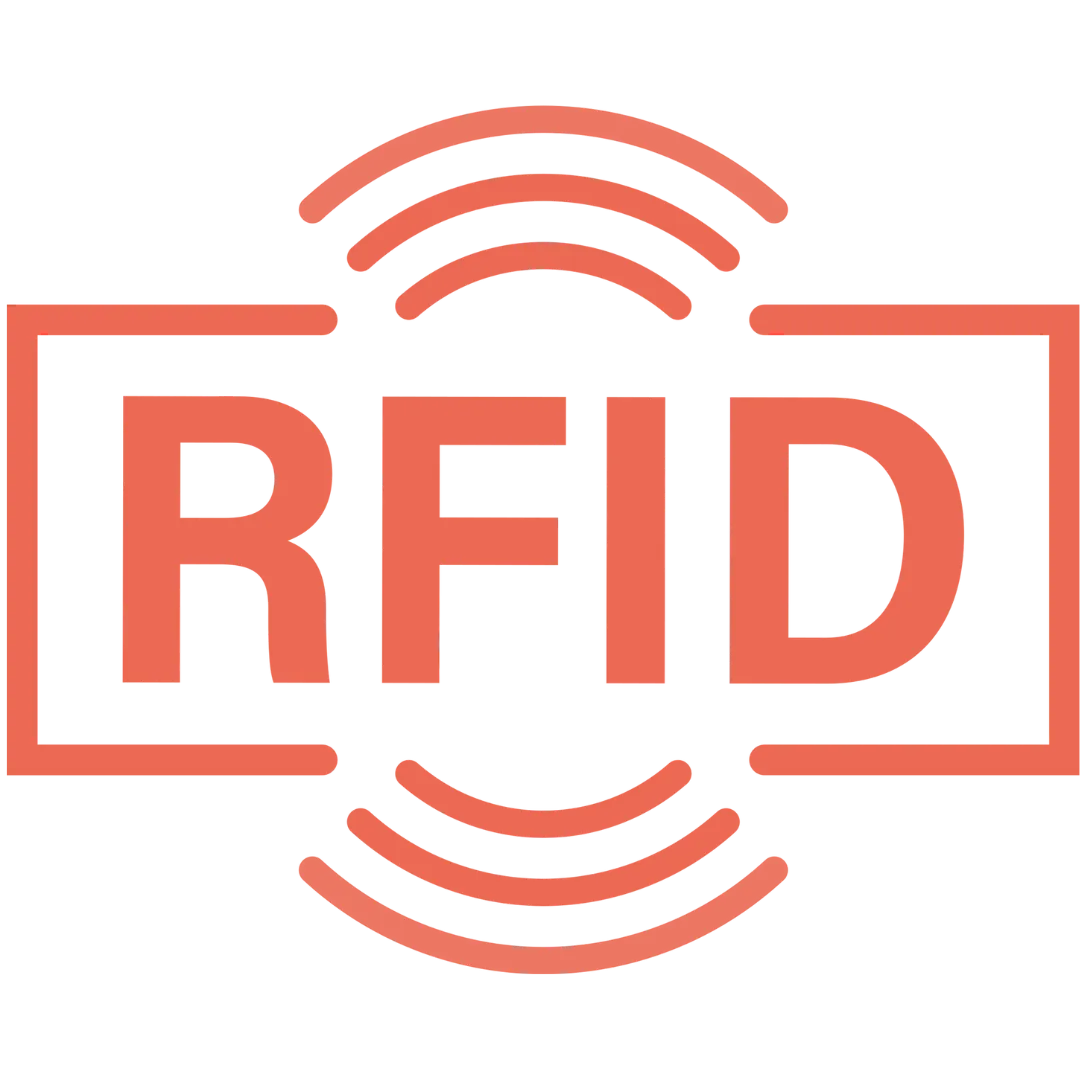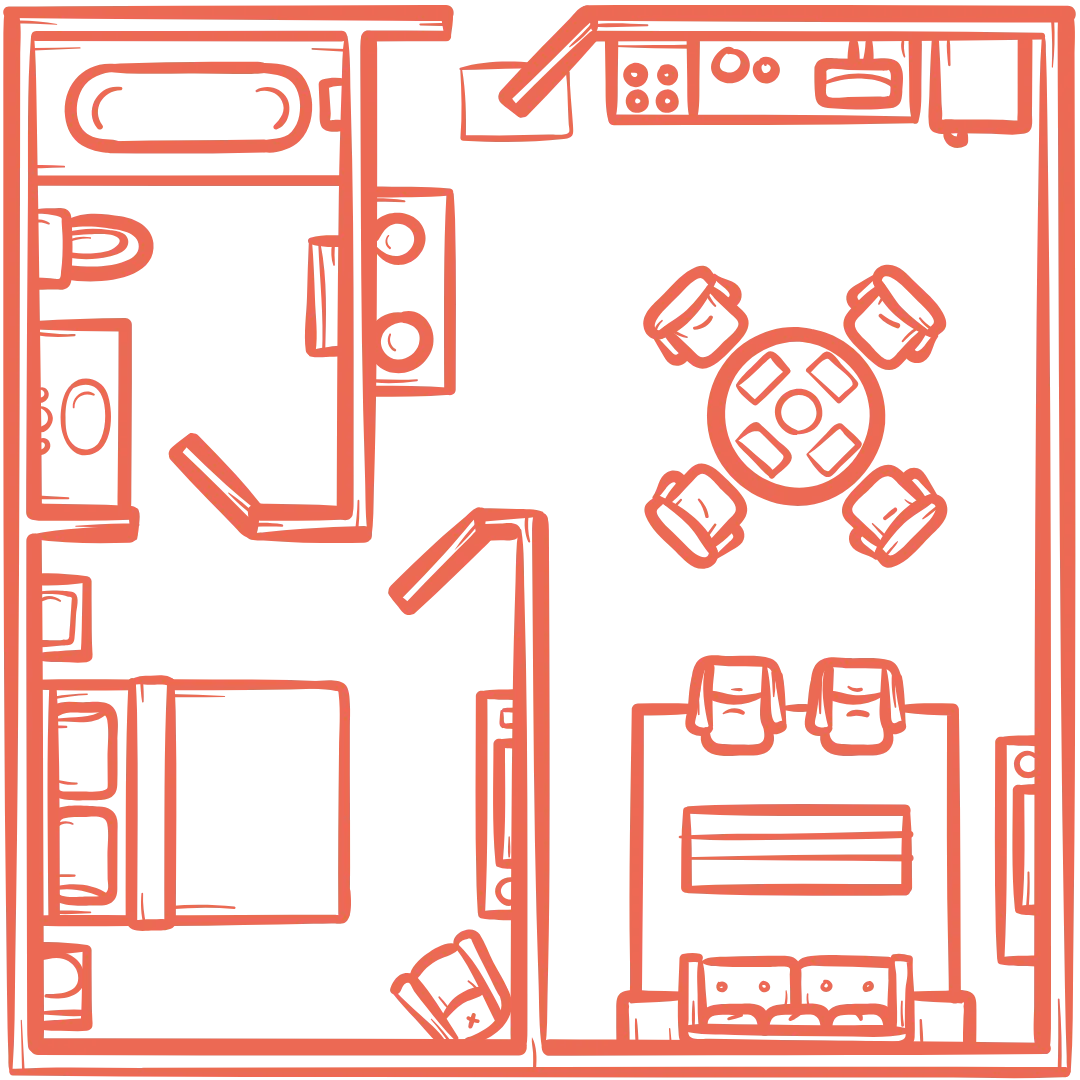Introduction:
Office asset management is a crucial part of running any successful business. Managing assets such as computers, printers, and other office equipment can be a daunting task, especially in larger organizations. However, advances in technology have made office asset management much easier and more efficient, and one such technology is NFC tags. NFC tags have gained popularity in recent years for their ease of use and versatility. In this blog, we will discuss the advantages of NFC tags for office asset management.
What are NFC tags?
Near Field Communication (NFC) tags are small, passive devices that use radio waves to communicate with other NFC-enabled devices. They can be embedded into everyday objects, such as stickers or key fobs, and can store and transmit data wirelessly. NFC technology is widely used in contactless payment systems, public transport, and access control.
Why use NFC tags for office asset management?
NFC tags provide several advantages over traditional asset management methods. Firstly, they are cost-effective and easy to implement. NFC tags can be purchased in bulk and applied to assets quickly and easily. They require no additional hardware or software, making them a simple and affordable solution for office asset management.
Secondly, NFC tags provide real-time asset tracking. By simply scanning the tag with an NFC-enabled device, such as a smartphone or tablet, office managers can view detailed information about the asset, including its location, condition, and maintenance history. This information is stored in the cloud and can be accessed from anywhere, making it easy to keep track of assets that are located in different offices or locations.
Finally, NFC tags help to reduce errors and improve accuracy. Traditional asset management methods often rely on manual data entry, which can be time-consuming and prone to errors. By using NFC tags, asset information is stored electronically, eliminating the need for manual data entry and reducing the risk of errors.
How can you use NFC tags for office asset management?
There are various ways that NFC tags can be used for office asset management. The following are some of the ways to use NFC tags effectively:
1. Asset Identification and Tracking: NFC tags can be used to identify and track assets within an office. Each asset can be tagged with a unique NFC tag that stores important asset information such as location, serial number, warranty information, and maintenance history. When an asset needs to be tracked or updated, the NFC tag can be scanned using an NFC-enabled device such as a smartphone, tablet or an NFC reader.
2. Maintenance Scheduling: NFC tags can be used to schedule maintenance of assets. When an asset requires maintenance, the NFC tag can be scanned to retrieve the asset's maintenance history and identify the maintenance needs. This information can be used to schedule maintenance, repairs, and replacements.
3. Inventory Management: NFC tags can be used to keep track of inventory within an office. Each item can be tagged with a unique NFC tag that stores important information about the item, such as its description, quantity, and location. When an item is checked out or moved, the NFC tag can be scanned to update the item's location and availability.
4. Access Control: NFC tags can be used for access control within an office. Each employee can be issued an NFC tag that provides access to specific areas or equipment within the office. The NFC tag can be scanned at a reader to grant access, track entry and exit times, and restrict access to unauthorized personnel.
Benefits of using NFC tag with asset management software
The integration of NFC tags with asset management software provides numerous benefits for office asset management. Some of the benefits include:
1. Real-Time Tracking: NFC tags provide real-time tracking of assets, which can be accessed through asset management software. This real-time tracking enables office managers to quickly locate assets, track their movement, and monitor their condition.
2. Reduced Errors: NFC tags eliminate the need for manual data entry, reducing the risk of errors in asset management. When assets are tagged with NFC tags, all the necessary asset information is stored electronically, and can be easily accessed through an NFC-enabled device or asset management software.
3. Improved Maintenance: NFC tags can be used to schedule and track maintenance activities. This improves the efficiency of maintenance activities, reduces downtime, and extends the life of assets.
4. Enhanced Reporting: Asset management software provides detailed reporting and analytics on asset usage and performance. This information can be used to optimize asset usage, reduce costs, and improve productivity. By analyzing data on asset usage and maintenance history, office managers can make informed decisions about when to replace or retire assets, reducing costs and improving efficiency.
5. Scalability: NFC tags can be used to manage assets in small offices or large enterprises with multiple locations. Asset management software can provide a centralized platform for managing and tracking assets across multiple locations.
6. Security: NFC tags provide an additional layer of security for asset management. Each asset can be tagged with a unique NFC tag that provides access control and tracking capabilities. This reduces the risk of theft and misplacement of assets.
Conclusion:
NFC tags provide a simple, cost-effective, and efficient solution for office asset management. By using NFC tags, office managers can track assets in real-time, reduce errors and improve accuracy, and streamline asset management processes. When used with asset management software, NFC tags provide detailed information on asset usage and performance, enabling office managers to make informed decisions about asset maintenance and replacement.
Implementing NFC tags for office asset management is a simple process that can be done quickly and with minimal disruption to business operations. With the increasing adoption of NFC technology, it is becoming easier and more affordable to implement NFC tags for asset management.
Overall, the advantages of NFC tags for office asset management are clear. By using NFC tags, businesses can improve efficiency, reduce costs, and improve asset management processes. As technology continues to advance, it is likely that NFC tags will become even more prevalent in office asset management, further simplifying the management and tracking of assets.

















































.webp)
.webp)
.webp)
.webp)
.webp)
.webp)
.webp)
.webp)
.webp)

.svg)




.webp)
.webp)











































.png)




.webp)



















